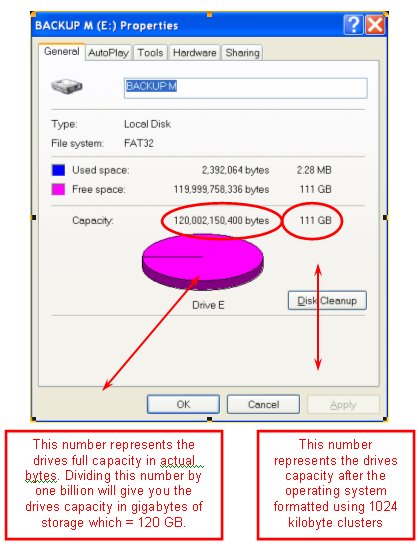Q1:
Western
Digital 160Gb WD1600JS SATA Hard Drive, cannot be recognized by the
VIA chipset motherboard .
|
A1: WD1600Js
is a SATA II 300Mb/s Hard drive.
Short the jump pin 5 & 6 will revert the Hard drive to SATA 150Mb/s
and it will be recognized by the Motherboard BIOS ( note: no need for
Intel chipset Motherboard )

Top
of the page
|
Q2:
The full capacity of ATA drives larger than
137GB is not recognized by the operating system.
|
|
A2: Currently, there are three options to remedy the
137 Gigabyte barrier. Failure to implement one of the following
installation options will result in data loss when trying to access
the hard disk beyond 137 Gigabytes.
Installation
Option 1. Upgrade the operating system to
either Windows 2000 with Service Pack 3 (or newer) or Windows XP
with Service Pack 1 (or newer) and download
the Maxtor Big Drive Enabler software patch. The Maxtor Big
Drive Enabler, once executed, will update the Windows registry for
large drive support.
Installation
Option 2. Download and install the Intel Application
accelerator. The Intel Application Accelerator provides 48-Bit LBA
compliant ATA/ATAPI controller drivers (IntelATA.mpd) and replaces
the Windows 98/Me, 2000 and XP ATA controller drivers (ESDI_506.PDR).
Intel is the only chipset manufacturer that we are aware of that
offers a compatible controller driver for Windows .
The
Intel Application Accelerator only supports the following chipsets:
810, 810E, 810E2, 810L, 815, 815EP, 815G, 815EG, 815P, 820, 820E,
840, 845, 845E, 845G, 845GE, 845GL, 845GV, 845PE, 850, 850E, 860.
The Intel Application Accelerator can be obtained at http://www.intel.com/support/chipsets/iaa/.
If you have an unsupported chipset or do not want to upgrade the
operating system then try the next solution.
Installation
Option 3: Attach the large hard drive to an add-in
Ultra ATA PCI adapter card with a 48-Bit LBA compliant BIOS and
controller driver. The adapter card bypasses the system BIOS and
operating system.
Top
of the page
|
Q3:
Why
does my hard drive report less capacity than indicated on the drive's
label? .
|
A3: Hard
drive manufacturers market drives in terms of decimal (base 10)
capacity. In decimal notation, one megabyte (MB) is equal to 1,000,000
bytes, and one Gigabyte (GB) is equal to 1,000,000,000 bytes.
Programs such
as FDISK, system BIOS, and Windows use the binary (base 2) numbering
system. In the binary numbering system, one megabyte is equal
to 1,048,576 bytes, and one gigabyte is equal to 1,073,741,824
bytes.
Simply
put, decimal and binary translates to the same amount of storage
capacity. Lets say you wanted to measure the distance
from point A to point B. The distance from A to B is one kilometer
or .621 miles. It is the same distance, but it is reported differently
due to the measurement.
Capacity
Calculation Formula
Decimal
capacity / 1,048,576 = Binary MB capacity
Example:
A 40 GB hard drive is approximately 40,000,000,000 bytes (40 x
1,000,000,000).
40,000,000,000
/ 1,048,576 = 38,162 megabytes
In the table
below are examples of approximate numbers that the drive may report.
Decimal
< GB > |
Binary
< MB > |
Windows
Output < GB > |
20 |
19,073 |
18.6 |
40 |
38,610 |
37.3 |
60 |
57,220 |
55.8 |
80 |
76,293 |
74.5 |
120 |
114,440 |
111.7 |
160 |
152,587 |
149 |
Below
is an example of a 120GB drive displayed in Windows

Top
of the page
|
|